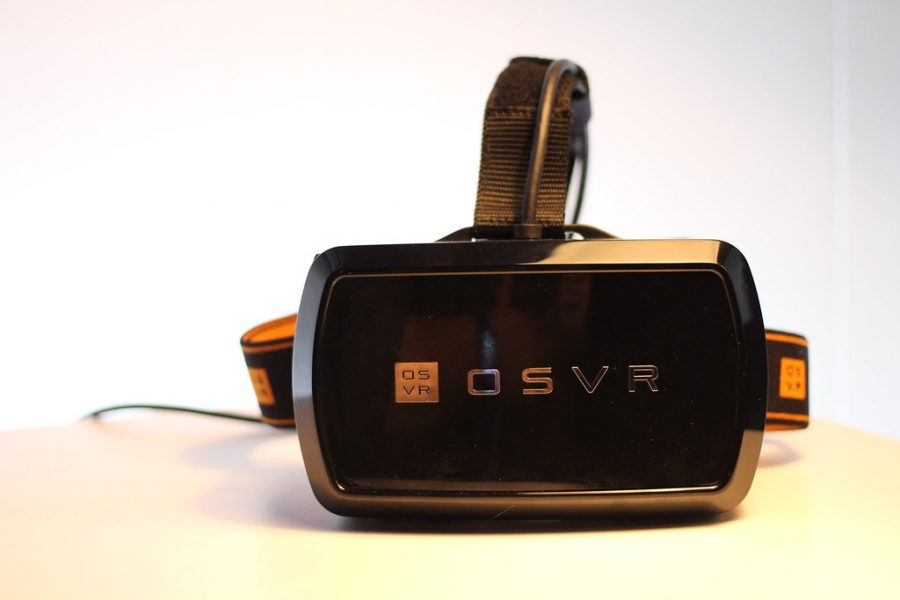Why Hasn’t VR Had It’s Big Break?
What Is Virtual Reality And Why Is It’s Breakout Still Elusive?
Virtual reality technology has existed for two decades, but its breakout is still elusive. First off, what is virtual reality, or VR for short, and how has it changed in recent years?
First introduced in the mid-1980s by Jaron Lanier, virtual reality is a computer-generated simulation of a three-dimensional image or environment that can be interacted with in a seemingly real or physical way by a person using special electronic equipment. This equipment usually comes in the form of headsets and gloves fitted with sensors. Many brands have created VR gear; these brands include the Oculus Quest 2 by Oculus (a division in Facebook Inc.), the HTC Vive by HTC and Valve, and the Sony PlayStation VR by Sony Interactive Entertainment.
Most predicted that VR would take off during the initial 2020 lockdown since many were bored at home, but this was not the case. Most people went for simpler, cheaper forms of entertainment such as Nintendo’s Nintendo Switch, Netflix, Disney+, and Zoom.
Consumers bulked at the hardware’s expense: a headset costs hundreds of dollars, the same amount as a video game console supporting hundreds of games. An average headset weighs approximately 1.5 lbs. The product’s bulk makes it hard to do games that require excessive physical exertion. Soaring prices combine with bulky design, limited game options, and complexity is the main reason for these industries start-and-stop production.











